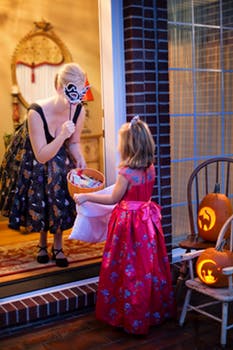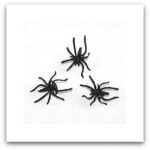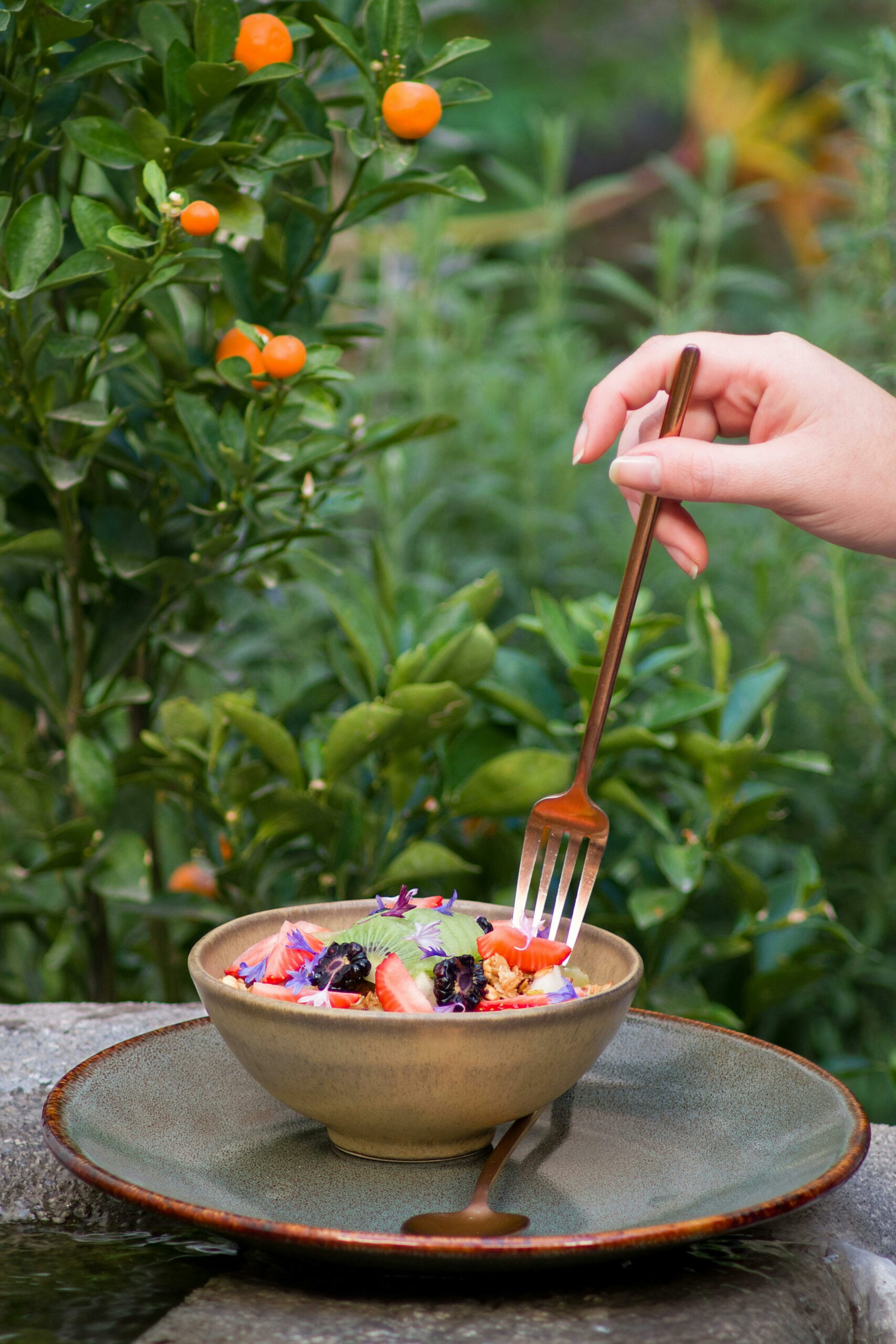Trick or Treat ~ Obesity is Definitely the Trick
Category: Healthy Nutrition

With another Halloween just around the corner, I am always amazed at the rows and rows of candy piled up in the local grocery stores. I cannot imagine these bags filled with sweet goodies could all possibly disappear, but sure enough, by the end of that last day of October, they are usually all gone, ready to go into the mouths of those little trick or treaters.
How often have I seen a child come by, not with a little container ready to receive the goodies, but with a pillow sack that will hold mounds and mounds of mouthwatering candy.  Looking back at my own experience with this, my favorite spot to go in our neighborhood was the house that gave away pomegranates from his tree! I loved that fruit and spent hours eating it. Of course, I loved all the candy as well. Did you know that Halloween is America’s second favorite holiday ~ the first being Christmas?
Looking back at my own experience with this, my favorite spot to go in our neighborhood was the house that gave away pomegranates from his tree! I loved that fruit and spent hours eating it. Of course, I loved all the candy as well. Did you know that Halloween is America’s second favorite holiday ~ the first being Christmas?
Ordinarily an indulgent holiday can be overlooked; however, according to the CDC (Center for Disease Control) childhood obesity has more than tripled in the past 30 years. creating risk factors such as high cholesterol or high blood pressure. Children and adolescents who are obese are likely to be obese as adults, thus creating adult health problems such as heart disease, type 2 diabetes, stroke, several types of cancer, and osteoarthritis.
A recent study published in the journal Neurology, reported that, among the study participants, (6,401 in all with an average age of 50) people who are obese and have hypertension, low “good” cholesterol levels, high triglycerides or high blood sugar are more likely to experience cognitive decline at a faster rate than people without any of these conditions.
So basically, obesity is bad for the brain. We already knew dementia was linked to obesity but now memory and cognitive skills are diminished because of our expanding waistlines.
Shirley Cramer of the Alzheimer’s Research UK said, “We do not know why obesity and metabolic abnormality are linked to poorer brain performance. With obesity levels on the rise, it will be important to delve a little deeper into this association. Clive Ballard of the UK Alzheimer’s Society told BBC News, “Although we don’t know whether the people in this study went on to develop dementia, these findings add to the evidence that excess body fat could impact on brain function.”
So what’s a parent to do? We all know that one day to indulge will not make a difference overall. However, there perhaps are some healthier alternatives. I appreciated these suggestions made by Kim Kramer of the Chicago Tribute:
1. Choose healthier treats: pretzels, fun-shaped crackers, “100-calorie packs” of popular snacks, or mini granola bars.
2. Give out something other than a food item: unsharpened pencils, stickers, temporary tattoos, mini puzzles, or little toys. Make sure to have some toys that are safe for those trick-or-treaters under 3 years of age.
3. When children arrive home, offer a “trade-in” program for some of their candy for money or other prizes.
4. Have the children pick their favorite types of candy to save and share the rest.
5. With the candy that they want to keep, set rules with how much they can have each day for a treat, and when they can have it.
For some “amazingly fun non-candy treats” go to this link.
Wish there were more pomegranate trees around!

What about you? What are your treats for those pirates, princesses, and goblins?



Facebook Comments